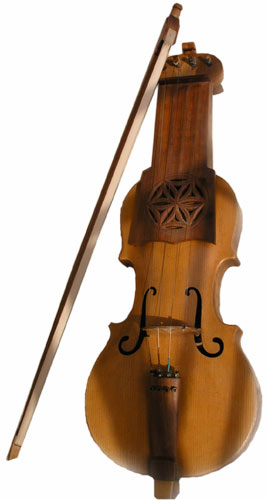 For the past fifty years, by far the most dominant form of music creation has been a 30 to 75 minute construct which we call an "album." This is directly due to the wildly successful technological invention of the "long playing record" (LP), first introduced in 1948. The compact disc merely provided an extension to the album format (in more ways than one). But one of the great questions (and debates) around the emergence of digital files as the preferred format for music reproduction surrounds the future of the album, and ultimately what shape the "long form" of recorded music will take. (An aside here: it's curious that technology seems to have a stronger impact on our relationship with music than with any other art form).
For the past fifty years, by far the most dominant form of music creation has been a 30 to 75 minute construct which we call an "album." This is directly due to the wildly successful technological invention of the "long playing record" (LP), first introduced in 1948. The compact disc merely provided an extension to the album format (in more ways than one). But one of the great questions (and debates) around the emergence of digital files as the preferred format for music reproduction surrounds the future of the album, and ultimately what shape the "long form" of recorded music will take. (An aside here: it's curious that technology seems to have a stronger impact on our relationship with music than with any other art form). Live music may be a major factor in the equation. As I posited in a previous post, going to a live music show is quickly becoming one of the only examples of when we commit our undivided attention to one band or artist for a significant amount of time. Concurrently, the model of touring to support a recording has been turned on its head; tours are now looked at as the more reliable revenue generator for many artists, and increasingly recordings are released to promote tours and to generate merchandise income at the show.
In fact, we're seeing a new trend recently, especially with our more popular local bands, which for now is being called the "EP Release Concert." Instead of waiting to complete a "full-length album" before staging a show, bands are now more commonly putting together 4-8 tracks of new or re-thought material, which gives them something new to promote to the media, and provides the fans with something new to buy at the merch table. Further indication that what was once the tail (the live show) is now wagging the dog (the recording).
Aesthetically successful albums have tended to fall into two general categories: those with such a strong critical mass of individual tracks that the entire album stands up to repeated listening as a whole, and those with some sort of unifying concept which holds the whole thing together. Unfortunately, even the most ardent lovers of the album format will admit that only a tiny percentage of records released over the last 50 years accomplish either of these two things. However, I venture to bet that most of us "older" music lovers would grieve the loss of the album format based on the enormous satisfaction and gratification derived from that tiny percentage!
Personally, I'm a bit of a sucker for the "concept album." I can't say that I was a huge fan of The Decemberists before the release of their most recent release, The Hazards of Love. But this "rock opera" hooked me hard and fast, with the usual concept album trappings of continuous flow, recurring themes and musical segments, and a storyline narrative. Then the band followed through with a full worldwide tour in which they played the entire album from start to finish, only furthering my respect (and, admittedly, bringing me back to my youth, and my personal halcyon days of long-form progressive rock concerts).
Now the band has taken it a step further, and commissioned four interesting and inventive animation artists to "visualize" the album non-literally. The final work, titled "Here Come The Waves: The Hazards of Love Visualized," premiered in L.A. two months ago (behind a live performance), and is being offered exclusively on iTunes beginning December 1st. The Cedar has the distinction of being the only venue that I'm aware of (anywhere in the world, actually) which is having a theatrical screening of the film, on Thursday 12/3, with an admittance price of only $3. I've previewed it... it's very cool, very trippy, at times with spectacular imagery. I'm really looking forward to seeing it on our big screen while the full album plays through our great sound system...
Probably not a trend here, but another imaginative reason for someone to spend an extended period (nearly an hour) listening to a long form music creation... this time, in my opinion, one of those rare, worthwhile ones.












